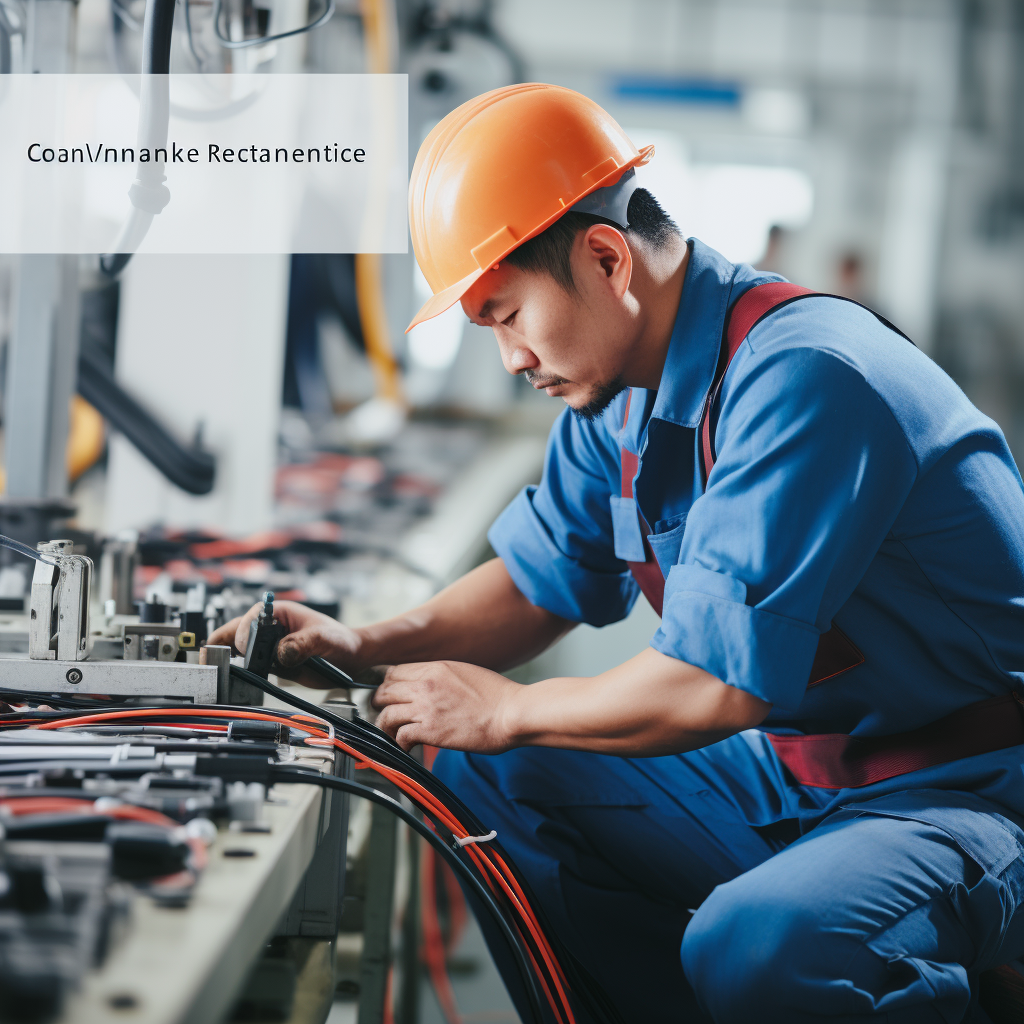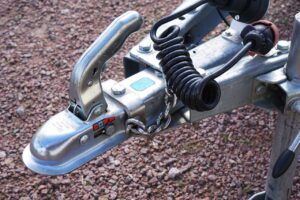Introduction
In the dynamic world of manufacturing, the production of wire harnesses stands as a critical component in various industries, from automotive to aerospace. The reliability and safety of these wire harnesses are paramount, making quality control an indispensable part of the production process. This comprehensive guide delves into the intricacies of quality control in wire harness production, highlighting its significance, methodologies, and the continuous improvements being made in the field.
The Importance of Quality Control in Wire Harness Manufacturing
Quality control in wire harness production is not just a procedural step; it’s a commitment to excellence and reliability. The primary goals of quality control are:
- Ensuring Reliability: Wire harnesses are often used in safety-critical systems. Quality control ensures that every harness meets the required standards and functions reliably under various conditions.
- Minimizing Failures: A defective wire harness can lead to system failures. Quality control helps identify and rectify defects before the product reaches the customer.
- Compliance with Standards: Various industries have specific standards that wire harnesses must comply with. Quality control ensures adherence to these regulatory requirements.
- Cost Efficiency: Identifying defects early in the production process reduces the cost associated with rework and warranty claims.
Stages of Quality Control in Wire Harness Production
1. Material Inspection
Quality begins with the raw materials. Incoming materials are inspected for compliance with specifications, including wire gauge, insulation type, and connector quality.
2. Process Monitoring
Throughout the production process, various parameters like soldering temperature, crimping pressure, and insulation stripping length are continuously monitored.
3. In-line Testing
Electrical testing is performed to check for continuity, insulation resistance, and the absence of short circuits. This ensures that the electrical properties of the harness meet the design requirements.
4. Final Inspection
The final inspection involves a thorough visual and functional check. This may include fitment tests and environmental stress testing, simulating conditions like vibration, temperature fluctuations, and humidity.
Advanced Quality Control Techniques
Automated Testing
Automation in testing not only speeds up the process but also enhances accuracy. Automated test equipment can quickly identify defects that might be missed in manual testing.
Statistical Process Control (SPC)
SPC uses statistical methods to monitor and control production processes. It helps in early detection of trends or variations, allowing for prompt corrective actions.
Lean Manufacturing
Incorporating lean principles reduces waste and improves efficiency. Lean tools like 5S, Kaizen, and Poka-Yoke (error-proofing) significantly enhance quality control measures.
Continuous Improvement in Quality Control
Training and Skill Development
Regular training of personnel ensures that the team is updated on the latest quality control techniques and industry standards.
Adopting New Technologies
Staying abreast with technological advancements, such as AI-driven quality checks or IoT-enabled monitoring systems, can revolutionize quality control processes.
Feedback Loops
Implementing a feedback mechanism from both customers and the production floor provides valuable insights for continuous improvement.
Challenges and Solutions
Despite stringent quality control measures, challenges like process variability, supply chain disruptions, and evolving industry standards persist. Solutions include:
- Robust Supplier Management: Building strong relationships with suppliers ensures a steady supply of high-quality materials.
- Flexibility in Processes: Adapting quickly to changes in industry standards or customer requirements is crucial.
- Investing in R&D: Ongoing research and development can lead to innovative solutions to emerging challenges.
Conclusion
Quality control in wire harness production is a multifaceted and evolving field. By prioritizing quality at every stage, from material inspection to final testing, manufacturers can ensure the production of reliable, high-quality wire harnesses. As technologies advance and standards evolve, continuous improvement in quality control processes remains vital for manufacturers like WiringLabs.
In a world where precision and reliability are non-negotiable, the commitment to quality control in wire harness production is not just a business strategy; it’s a responsibility towards safety and customer satisfaction.
If you need custom wiring harness or cable assemblies, feel free to contact WiringLabs.




